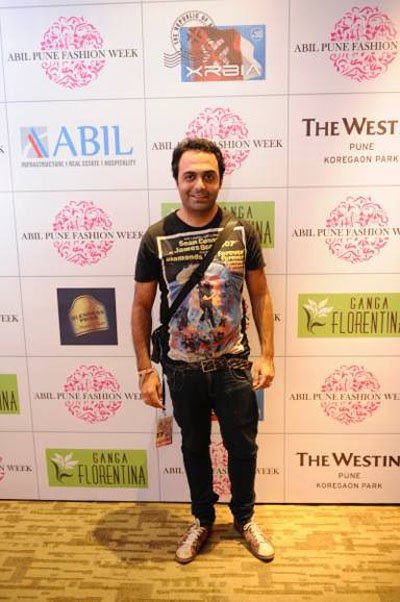
Raj Shroff is a fashion designer from Bangalore who does both individual and retail designing and has worked with celebrated personalities like Diya Mirza and Karisma Kapoor. He has also had designs from his brand Ravage showcased in various fashion weeks including London. Raj shares some insights gained over 10 years in the fashion industry with Minority-Review’s Swati Sharan
1. Tell us about your latest venture Raj
There are two or three projects I have been working on. I have been working with my NRI clients very closely. I’ve gotten into polyesterized design. And I’ve been designing for client events like birthday parties by going into details about what the clothing would be like, how everyone would be dressed at the party and you know, what would be the theme of the party. So this is something new I’ve added on. Apart from that we’ve been trying to have some shows in various parts of the world including one in New York.
So we’ve been working with people in Kuwait, Singapore and so on. We did have a lot of global clients initially as a stepping-stone, which was increasing the market for us with India also growing. And yes, we have personal clients and stores. What I have noticed after being in the business is it’s nicer to have a client who believes in you as a person and your design philosophy. And then knowing that person more intensely year after year, you make them part of your brand family. And I am paying attention to keeping my roots very strong and keeping the aspect of the client-relationship very strong.
2. You started by volunteering to design for the Art of Living. Are you still in touch with them?
No, I am not in touch with the Art of Living but I am in touch with some of my friends who are still in the Art of Living. Like there’s Mary who keeps in touch with me when she comes to India. (Mary Horak is a prominent volunteer from Florida, U.S. who sold Raj’s clothes to raise funds for Art of Living through her store).

Karisma Kapoor in Raj Shroff creations
3. You’ve also done work with celebs like Diya Mirza and Karisma Kapoor right?
Yes. This comes with working with sponsor brands that tie up with celebs to be the face of the brand. So we indirectly work with them because they tie up with us through a design partnership and then they become the glamour partner. So indirectly, we all tend to work together.

4. So how does that work?
It is something that you are offered because you are an XYZ designer. You are asked to be part of their (another company’s) branding process, which gives you an opportunity to showcase your work.
It’s like when you are going to a nightclub and see a designer showcasing their clothes and then they’ve got a particular actor or actress walking the ramp. So it becomes a celebrity profiling for the designer. So for the sponsor, it’s obvious that they’re using both the designer and the celebrity to bring their brand to the forefront.
5. Tell us about some significant turning points in the last 10 years of your career in fashion
The first turning point was when I supplied to Cinnamon. It was the first store I supplied to. And I supplied them with fashion accessories like different bags and a lot of add-ons. Then I moved into clothing and everything became very serious and I started adding a lot of other things with this. And then I moved into Ogaan. That was my first turning point.
And then obviously, working with Mary (Art of Living volunteer who raised funds by selling his designs) was also a turning point. It was really nice to work with her as a foreigner who was so particular about how she wanted her clothes to be and how it should be fitted. It was also a great experimental ground for me. And I think somewhere spending time at the ashram (Art of Living, Bangalore) left a mark on my character. You feel it as you get older that that part of your career was very interesting because you met so many people. I met so many clients and all of them were foreigners. So their thought processes were so different. That again I think was a big career turning point.
Then there was London Fashion Week, Pret-a-Porter Paris, Lakme India Fashion Week. Then I showed at Seoul. I did some shows in Dallas, Hong Kong and Kuwait. So these things obviously helped me grow as a designer in terms of the business and avenues, meeting new people and Indians from Arabic countries who generally tend to also love a lot of art forms in fashion. There is one category that loves glamour and the other that loves a more aesthetic art-oriented fashion. This would be how they see their lives and how they do up their houses as well. My clients are not the glamorous kind and I am more a textile-oriented designer. So I think that was also a turning point. And yes, I am looking for more turning points in the future to streamline and expand. You need to streamline your mind first in order to expand the business further and to go to different higher levels year after year.
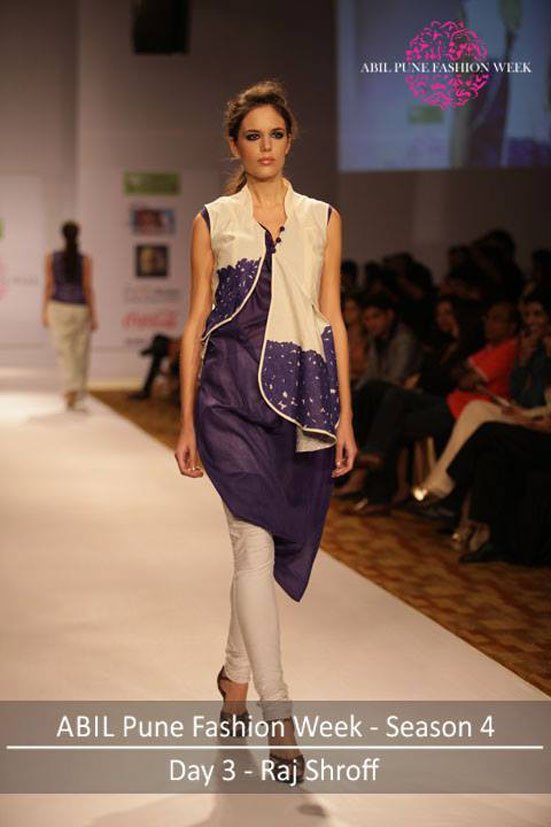
6. Could you give us some lessons from your years in fashion?
I think the most important lesson that I have learned in 10 years is that a client is the mirror to what you make. Your service to the client and the shades of how you service them is one of the biggest lessons for any designer in the business.
The clients can be two types: A – a store and B – a client as an individual. With a store, it always becomes a story. It’s a story that you’re saying aloud because you have a dedicated section in the store and your clothes give a storyline to everyone who sees it. So I think that’s another important lesson in terms of how you create the storyboard in the store.
When the client is obviously a personal client who is meeting you with a personal appointment, it is very easy. Because then you can perceive the client’s imagination and then you can show them or create something especially for them.
Another learning is that you always have to go with your gut or inner perspective of fashion. For every designer, fashion is different. For every artist, every art form is based differently. So it’s very important for the designer to intensely think and imagine before they create.
When you’re individually dealing with the client it’s very important to give your suggestion in terms of how the garment should be worn or accessorised. Because a lot of the time, the client is not fashion conscious and they can go wrong in terms of how they’ve accessorise a garment.
Fashion is what you feel and for a designer or a consumer, it’s always the feeling that matters. It’s important to always keep your feelings very happy. Keep it a bit more natural and bubbly so that your clothes can also tell that story. Or if you want to be intense, you can have very intense clothes. So I think it’s all a storyline of how you feel.
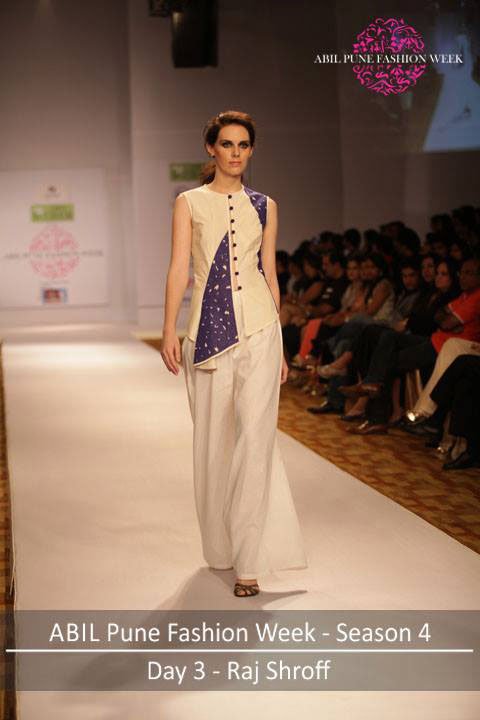
7. Your opinion on fashion
Fashion is a cycle. What’s old is always new. There are many clients who go in waves. Simple innovations are the best. Like if I saw my grandmother’s jacket and thought it was a really cool but was lacking something in terms of a time element. A very simple innovation could turn it into something chic.
8. So what do you think might be in this season?
There’s always going to be two different fashions for every Asian country because there will be one that is your own fashion and then there is the European fashion that the whole world is influenced by. So we’ll be working with Indian wear and then there’s modern wear which could be fused but with a modern focus. Primarily, our Indian clothes can be seen coming out during the wedding or festive season. So there will be silhouettes and designs like the Patiala, which people will go back to because they are very Indian. These are going to be constant influences in fashion.
And then there will be designs that will not be as classic. We might wear a short kurti with a Patiala that is not as classic but is a trend. The 9 yard sari and the simple straight salwar kameez dupatta are the two main fashion trends which have influenced Indian designers and many others internationally. Because these are the two most important key trends that India gave to the world: the kurta that later became the tunic or kurti and the 9 yard sari.
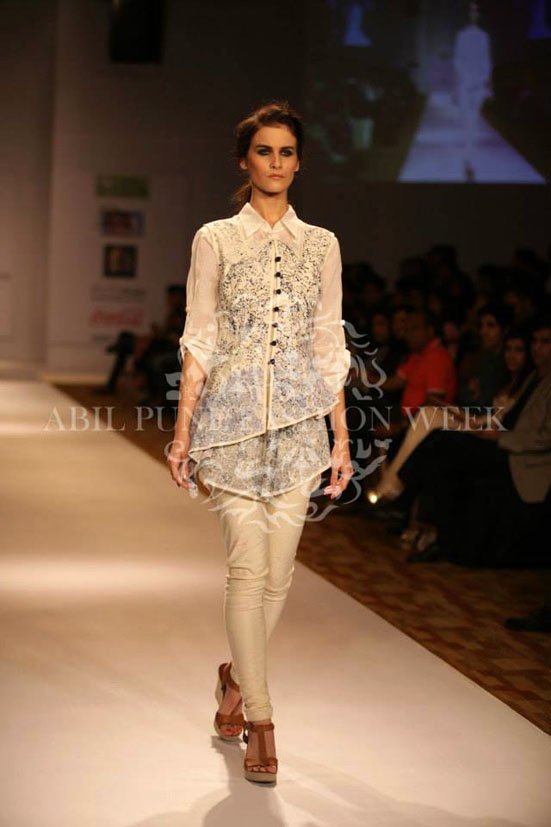
9. Do you think the Indian trends for Western wear will be the same as those in the West?
I think India has gone leaps and bounds ahead of many international cities that I have been to and worked with. India has talent, dispensability and primarily, there’s a fusion mind here. India always works to have a very upscale and innovative line. You’ll see this in places like Mumbai, Goa or other big cities.
Some more of Raj’s creations:
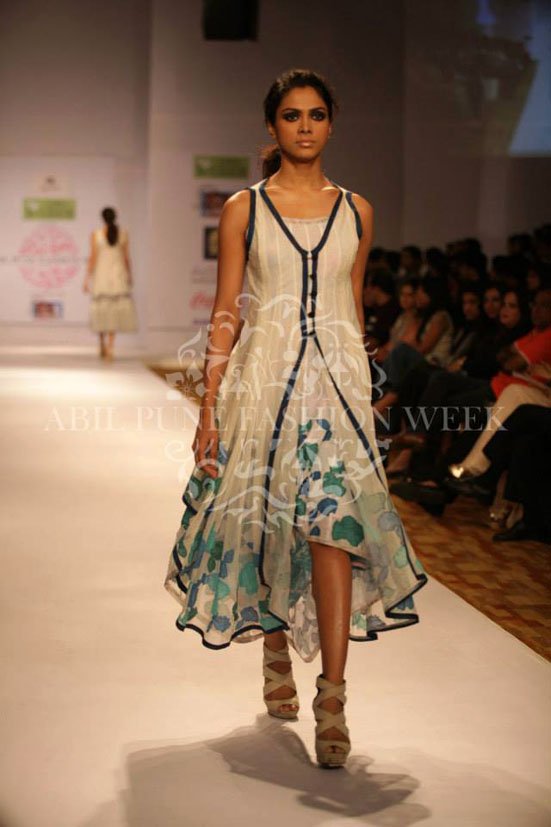










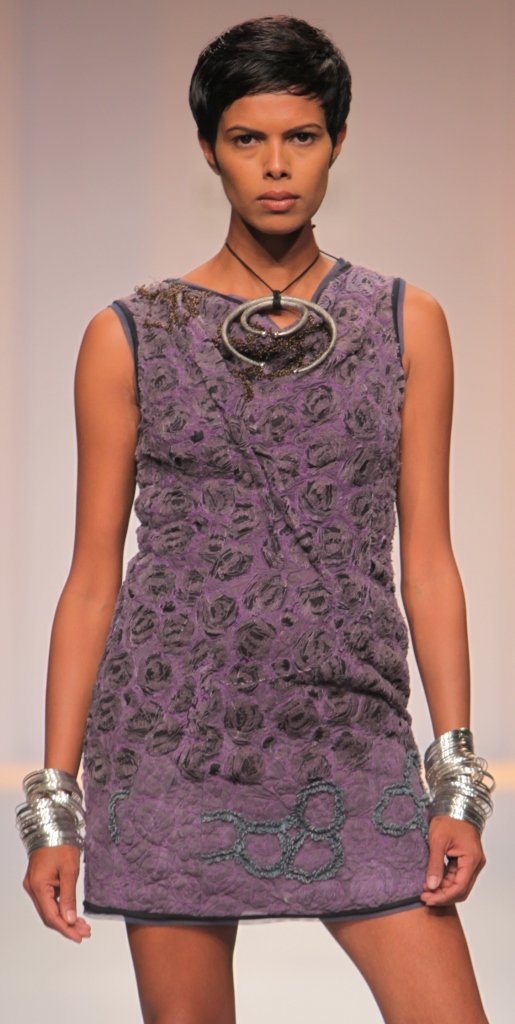


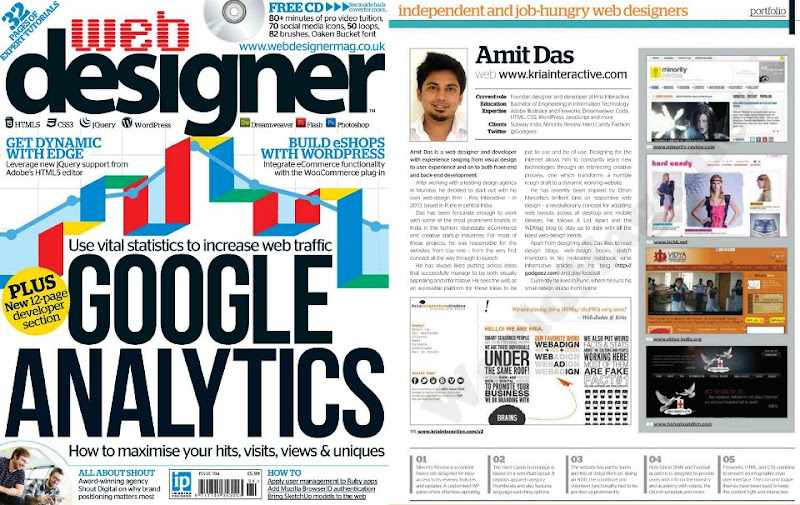


0
comments